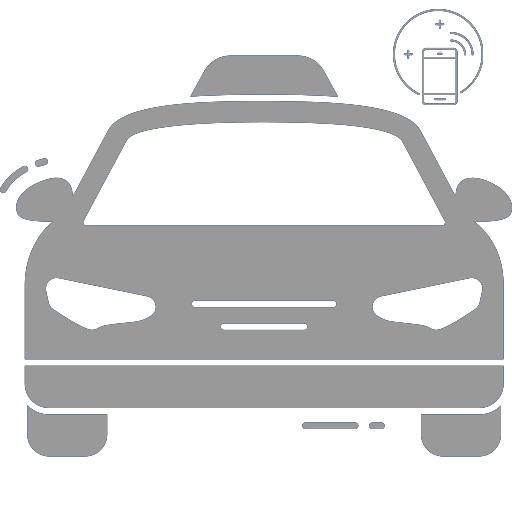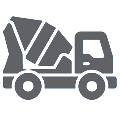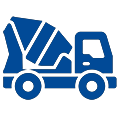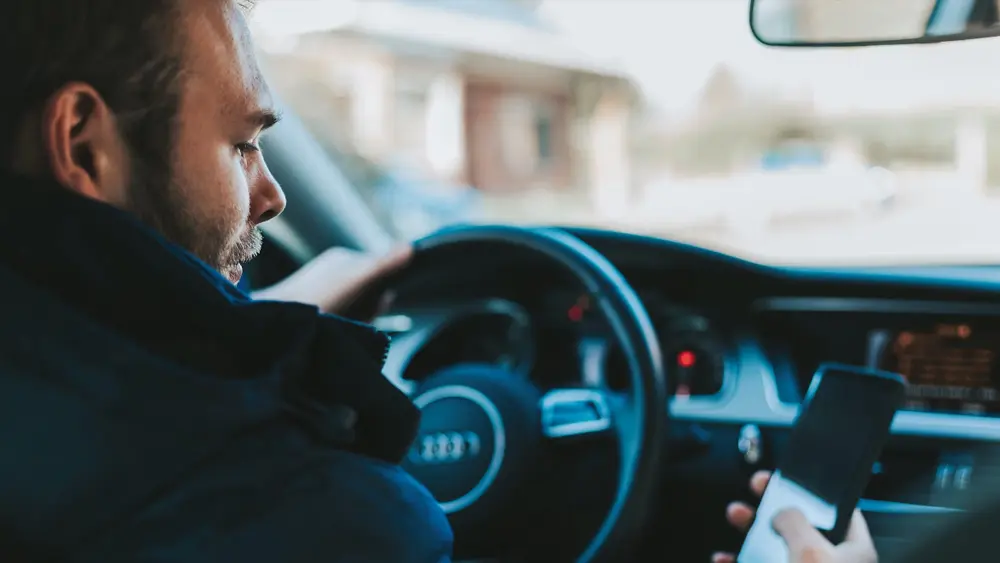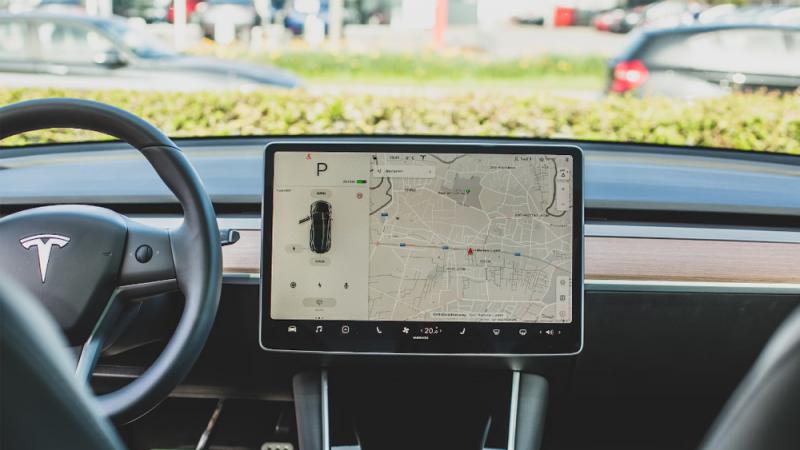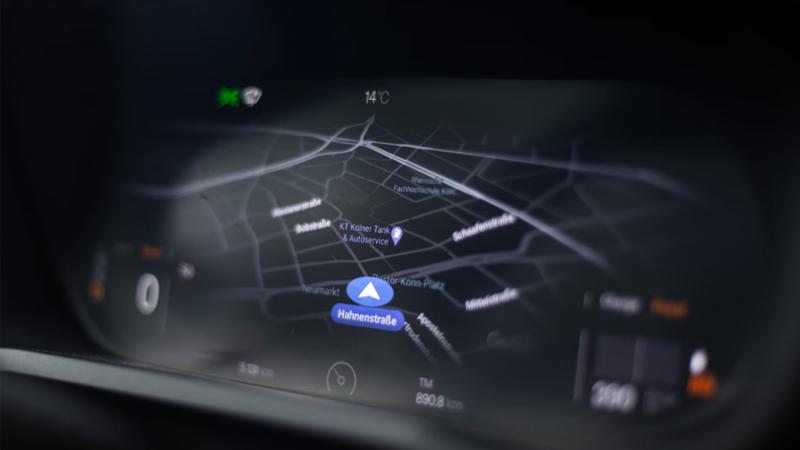4G Car DVR wifi mirror car camera adas gps bluetooth
Automotive camera ADAS recommendation
Automotive camera ADAS recommendation:
Yuwei 'V5' is 4g car dvr wifi mirror car camera adas gps bluetooth.
Using Linux system, it supports up to 4 channel cameras, and real-time audio and video recording. It supports dual TF card for audio and video storage, 4G network real-time video transmission and BDS/GPS positioning, and have built-in active safety algorithms which using in ADAS, DSM etc.
It is widely used in the video surveillance industry of online car-hailing, taxis, city distribution logistics vehicles, and official vehicles.
The following are some of the functions of ADAS systems in vehicles:
1. Anti-collision system
Collision avoidance systems reduce the number of avoidable collisions by stopping your vehicle when an obstacle is detected. There is a front and rear anti-collision system, which can prevent front and rear collisions independently. For example, forward collision warning (FCW) and automatic emergency braking (AEB), also known as automatic emergency braking. Together, these technologies detect the risk of a forward collision, warn the driver, and apply the brakes automatically in exceptional circumstances.
2. Blind spot detection
Blind Spot Monitoring (BSM) and detection systems use sensors to detect vehicles to the side or behind the driver and alert the driver of their presence with audible, visual or tactile steering wheel warnings.
3. Pedestrian detection
Pedestrian detection helps prevent pedestrian accidents by alerting the driver to pedestrians in front of the vehicle. Additionally, some systems can detect pedestrians in reverse during parking maneuvers. Others offer automatic emergency braking in response to detected pedestrian hazards.
4. Driver drowsiness detection
Driver attention warning or drowsiness detection is an ADAS system that uses a camera pointed at the driver's face to detect signs of distracted driving or driver fatigue. Driver monitoring systems keep drivers focused on the road and prevent collisions caused by distracted or drowsy driving.
5. Lane Departure Warning System
Lane Departure Warning (LDW) alerts the driver when a car is about to leave its lane by using a camera sensor, usually mounted on the vehicle's windshield. It helps prevent possible collisions due to unintentional lane departures by observing lane markings.
6. Adaptive headlights
Adaptive Light Control is an ADAS feature that helps improve nighttime visibility. Examples of this functionality include headlights that rotate as the vehicle turns toward the driver's perspective, and headlight systems that use sensors to adjust brightness when needed.
7. Night vision
Night Vision ADAS technology extends the driver's perception beyond the headlights, helping to prevent accidents in low light, especially pedestrian accidents. The systems typically use thermal imaging (detecting temperature differences) or infrared technology (projecting infrared light into the surrounding area) to detect objects far ahead.
8. Park Assist
Many vehicles have a park assist mode that provides audible, visual or tactile warnings of approaching obstacles during low-speed parking maneuvers. Other vehicles have driverless active parking modes that can help when parking in tight spaces.
9. Adaptive Cruise Control
Adaptive cruise control is a vehicle safety system that uses radar sensor and sometimes camera sensor data to control the speed and distance of vehicles ahead.
10. Lane Keeping Assist
Lane Keeping Assist vehicle system provides lateral, left and right autonomous driving steering assistance when you leave your lane. A similar ADAS system, Lane Centering, provides constant steering support while driving on the highway.
11. Rear Cross Traffic Alert
Rear Cross Traffic Alert is an advanced driver assistance system that monitors vehicles approaching an intersection when you are backing up. It uses radar sensors installed in the rear corners of the vehicle to monitor traffic on either side of the vehicle.
12. Traffic sign recognition
Traffic sign recognition is an ADAS system that recognizes traffic sign information and conveys it intuitively to the driver. This includes no entry and stop signs, as well as speed limit signs. A more advanced version of traffic sign recognition can control the vehicle's speed based on speed sign data combined with GPS data.



















